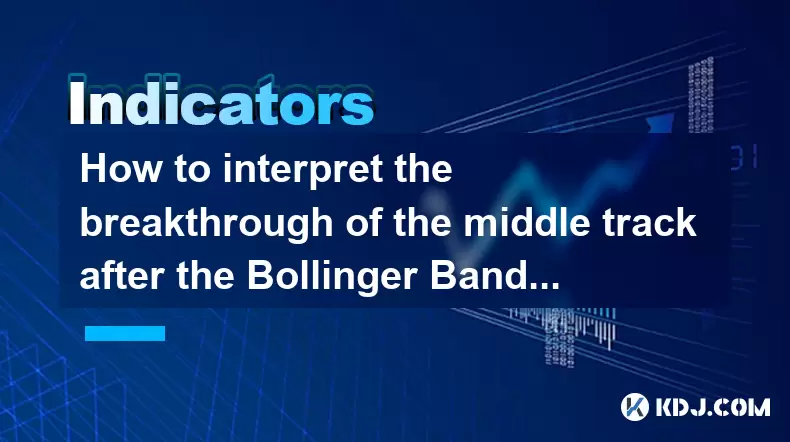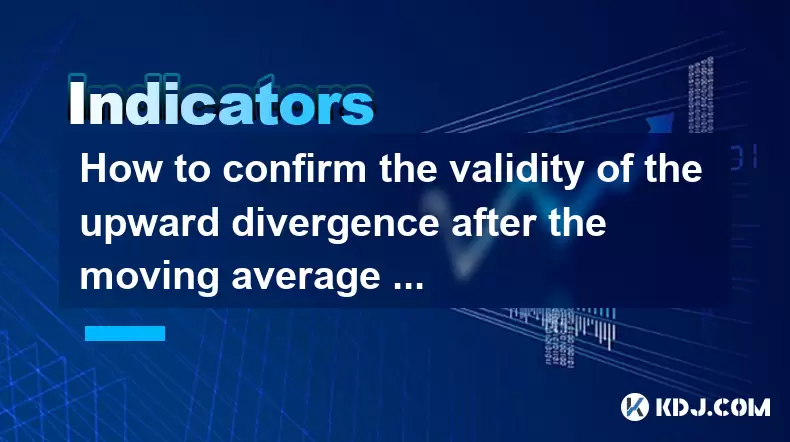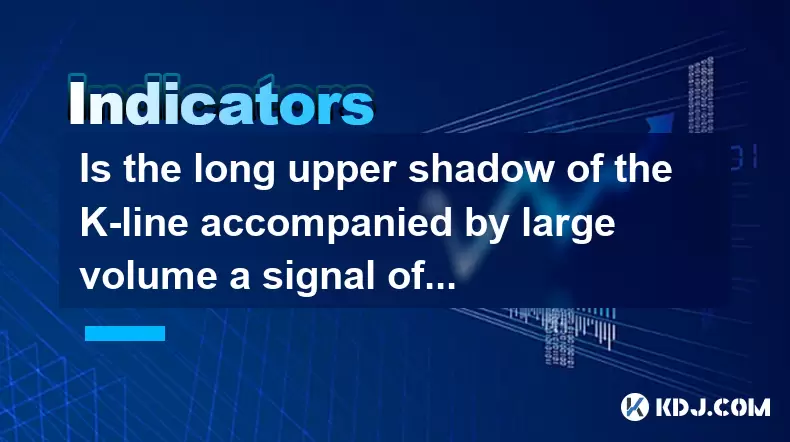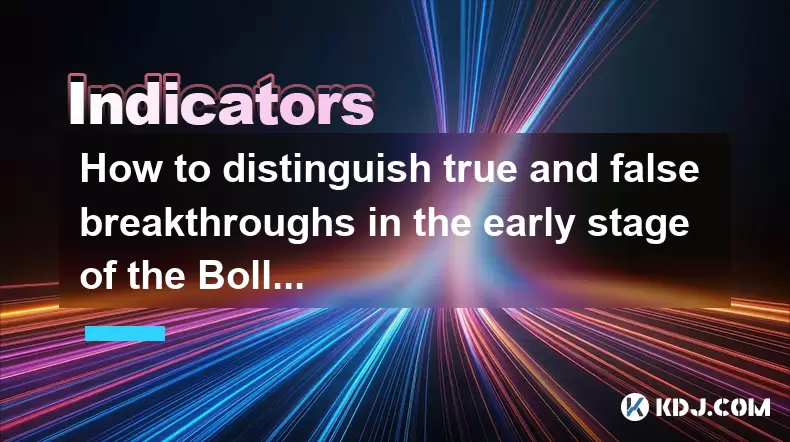-
 Bitcoin
Bitcoin $106,754.6083
1.33% -
 Ethereum
Ethereum $2,625.8249
3.80% -
 Tether USDt
Tether USDt $1.0001
-0.03% -
 XRP
XRP $2.1891
1.67% -
 BNB
BNB $654.5220
0.66% -
 Solana
Solana $156.9428
7.28% -
 USDC
USDC $0.9998
0.00% -
 Dogecoin
Dogecoin $0.1780
1.14% -
 TRON
TRON $0.2706
-0.16% -
 Cardano
Cardano $0.6470
2.77% -
 Hyperliquid
Hyperliquid $44.6467
10.24% -
 Sui
Sui $3.1128
3.86% -
 Bitcoin Cash
Bitcoin Cash $455.7646
3.00% -
 Chainlink
Chainlink $13.6858
4.08% -
 UNUS SED LEO
UNUS SED LEO $9.2682
0.21% -
 Avalanche
Avalanche $19.7433
3.79% -
 Stellar
Stellar $0.2616
1.64% -
 Toncoin
Toncoin $3.0222
2.19% -
 Shiba Inu
Shiba Inu $0.0...01220
1.49% -
 Hedera
Hedera $0.1580
2.75% -
 Litecoin
Litecoin $87.4964
2.29% -
 Polkadot
Polkadot $3.8958
3.05% -
 Ethena USDe
Ethena USDe $1.0000
-0.04% -
 Monero
Monero $317.2263
0.26% -
 Bitget Token
Bitget Token $4.5985
1.68% -
 Dai
Dai $0.9999
0.00% -
 Pepe
Pepe $0.0...01140
2.44% -
 Uniswap
Uniswap $7.6065
5.29% -
 Pi
Pi $0.6042
-2.00% -
 Aave
Aave $289.6343
6.02%
How to interpret the breakthrough of the middle track after the Bollinger Bands close?
When Bollinger Bands close, it signals a volatility squeeze, often preceding a strong price move once the middle band is decisively broken.
Jun 20, 2025 at 10:49 pm

Understanding Bollinger Bands and Their Role in Technical Analysis
Bollinger Bands are one of the most widely used technical analysis tools in cryptocurrency trading. They consist of a middle band, which is typically a 20-period simple moving average (SMA), and two outer bands that represent standard deviations above and below the middle band. These bands dynamically adjust to price volatility, expanding during high volatility and contracting during low volatility.
In the context of crypto markets, where price swings can be dramatic, Bollinger Bands help traders identify overbought or oversold conditions, potential trend reversals, and periods of consolidation. When the bands contract, it indicates decreasing volatility — often referred to as a "squeeze." This phase is crucial because it frequently precedes a significant price move.
What Happens When the Bollinger Bands Close?
The phrase "Bollinger Bands close" refers to a situation where the distance between the upper and lower bands narrows significantly. This narrowing is known as a volatility contraction or Bollinger Squeeze. During this period, price action becomes tightly compressed within the bands, suggesting that market participants are indecisive about the next directional move.
This contraction does not indicate direction on its own but signals that a breakout is imminent. The key lies in observing how the price behaves once it breaks out from this tight range. Traders often wait for a breakthrough of the middle track (the SMA line) to confirm the start of a new trend.
Interpreting a Breakthrough of the Middle Track After a Band Closure
When the price breaks through the middle track after the Bollinger Bands have closed, it suggests a potential shift in momentum. This breakthrough can act as a trigger point for traders looking to enter a trade based on the expected breakout.
- A break above the middle band after a squeeze may signal the beginning of an upward trend.
- Conversely, a break below the middle band may indicate the start of a downward movement.
However, it's important to note that this signal alone should not be used in isolation. Traders should look for additional confirmation such as volume spikes, candlestick patterns, or other indicators like RSI or MACD to increase the probability of a successful trade.
Step-by-Step Guide to Analyzing This Scenario
To effectively interpret and act upon a Bollinger Bands closure followed by a middle track breakthrough, follow these steps:
- Identify the Squeeze: Monitor the Bollinger Bands for a narrowing gap between the upper and lower bands. This indicates decreasing volatility and the potential for a breakout.
- Look for Price Compression: Observe whether the price has been oscillating within a very tight range between the bands, touching both sides repeatedly.
- Watch for the Breakthrough: Wait for the price to decisively cross above or below the middle band (SMA). This is often considered the first sign of a directional move.
- Confirm with Volume: Check if the breakthrough coincides with a surge in trading volume. High volume increases the reliability of the breakout.
- Use Additional Indicators: Incorporate tools like Relative Strength Index (RSI) or Moving Average Convergence Divergence (MACD) to validate the strength of the move.
- Set Entry and Exit Points: If all signs align, place your entry just after the breakthrough. Set a stop-loss slightly beyond the opposite side of the squeeze and plan your take-profit levels based on recent price swings.
Common Misinterpretations and How to Avoid Them
Many novice traders misinterpret a Bollinger Bands closure as a direct buy or sell signal. However, a squeeze only indicates reduced volatility, not a guaranteed breakout direction. Entering a trade prematurely without confirming the middle band breakthrough can lead to losses.
Another common mistake is ignoring the broader market context. For instance, even if a squeeze occurs and the middle band is broken, if the overall market sentiment is bearish, the move may lack sustainability.
Additionally, some traders fail to adjust their strategies across different timeframes. A squeeze on a 1-hour chart might yield quick scalping opportunities, while a similar pattern on a daily chart could indicate a longer-term trend. Always align your interpretation with your trading strategy and timeframe.
Case Study: Applying This Strategy in Real Crypto Markets
Let’s consider a real-world example using Bitcoin (BTC/USDT) on a 4-hour chart. Suppose BTC enters a consolidation phase after a sharp rally. The Bollinger Bands begin to narrow, indicating a squeeze.
Over several candles, the price remains confined within the bands, showing little directional bias. Suddenly, the price surges and closes above the middle band, accompanied by a spike in volume. At the same time, the MACD line crosses above the signal line, and the RSI moves above 50, confirming bullish momentum.
A trader interpreting this scenario correctly would enter a long position just after the candle closes above the middle band. The stop-loss would be placed just below the lower band, and the take-profit could be set at the previous resistance level now turned support.
If the breakout holds, the trader stands to gain from the ensuing uptrend. If not, the stop-loss limits the downside risk.
Frequently Asked Questions (FAQs)
Q: Can Bollinger Bands be used on any cryptocurrency pair?
Yes, Bollinger Bands are applicable to all crypto pairs including BTC/USDT, ETH/USDT, and altcoin pairs. However, they perform best in liquid markets where price data is reliable and less prone to manipulation.
Q: Is the middle band always a 20-period SMA?
While the default setting for Bollinger Bands is a 20-period SMA, traders can customize it based on their strategy. Some prefer shorter periods for more sensitivity or longer periods for smoother readings.
Q: What timeframes work best with this strategy?
This strategy works well on 1-hour, 4-hour, and daily charts. Shorter timeframes like 5-minute or 15-minute charts may produce false signals due to increased noise and volatility.
Q: Should I use this method in isolation or combine it with other tools?
For better accuracy, always combine Bollinger Bands with other tools like volume analysis, candlestick patterns, or momentum oscillators. Relying solely on one indicator increases the risk of false breakouts.
Disclaimer:info@kdj.com
The information provided is not trading advice. kdj.com does not assume any responsibility for any investments made based on the information provided in this article. Cryptocurrencies are highly volatile and it is highly recommended that you invest with caution after thorough research!
If you believe that the content used on this website infringes your copyright, please contact us immediately (info@kdj.com) and we will delete it promptly.
- Seed Phrase, Self Custody, and Liability: Are You Really Your Own Bank?
- 2025-06-21 04:25:11
- Bitcoin Demand Dries Up: Capital Exits and Market Indecision
- 2025-06-21 04:25:11
- Ripple, RLUSD, and Alchemy Pay: A New Era of Crypto Accessibility
- 2025-06-21 04:45:12
- Bitcoin, Quantum Computers, and Cryptography: Navigating the Post-Quantum Landscape in NYC
- 2025-06-21 04:45:12
- Coinbase's Luxembourg Leap: MiCA License Secured, Europe Domination in Sight!
- 2025-06-21 05:05:12
- Staked Ether, Corporate Crypto, and Finance Adoption: A New York Minute
- 2025-06-21 02:45:13
Related knowledge

Does the sudden contraction of ATR indicate the end of the trend?
Jun 20,2025 at 11:14pm
Understanding ATR and Its Role in Technical AnalysisThe Average True Range (ATR) is a technical indicator used to measure market volatility. Developed by J. Welles Wilder, ATR calculates the average range of price movement over a specified period, typically 14 periods. It does not indicate direction—only volatility. Traders use ATR to gauge how much an ...

Is the trend continuation when the Williams indicator is oversold but there is no rebound?
Jun 20,2025 at 11:42pm
Understanding the Williams %R IndicatorThe Williams %R indicator, also known as the Williams Percent Range, is a momentum oscillator used in technical analysis to identify overbought and oversold levels in price movements. It typically ranges from 0 to -100, where values above -20 are considered overbought and values below -80 are considered oversold. T...

Is the golden cross of the ROC indicator below the zero axis effective?
Jun 20,2025 at 09:42pm
Understanding the ROC Indicator and Its Role in Cryptocurrency TradingThe Rate of Change (ROC) indicator is a momentum oscillator widely used by traders to assess the speed at which cryptocurrency prices are changing. It measures the percentage difference between the current price and the price from a certain number of periods ago. The ROC helps identif...

How to confirm the validity of the upward divergence after the moving average sticks together?
Jun 21,2025 at 01:36am
Understanding the Basics of Moving Averages and DivergenceIn technical analysis, moving averages are crucial tools used to smooth out price data over a specified time period. When multiple moving averages converge or 'stick together,' it often indicates a consolidation phase in the market. This phenomenon can be a precursor to significant price movement...

Is the long upper shadow of the K-line accompanied by large volume a signal of peaking?
Jun 21,2025 at 12:28am
Understanding the Long Upper Shadow K-LineThe long upper shadow of a K-line is a common candlestick pattern that often appears during price action analysis. It consists of a small real body with a long upper wick, indicating that the price rose significantly during the period but was ultimately rejected and closed lower than its high. This pattern can s...

How to distinguish true and false breakthroughs in the early stage of the Bollinger Band opening?
Jun 20,2025 at 10:35pm
Understanding the Bollinger Band StructureBollinger Bands consist of three lines: a simple moving average (SMA) in the middle, and two outer bands that are standard deviations away from the SMA. These bands expand and contract based on market volatility. When the bands begin to widen, it often signals an increase in price volatility, which traders inter...

Does the sudden contraction of ATR indicate the end of the trend?
Jun 20,2025 at 11:14pm
Understanding ATR and Its Role in Technical AnalysisThe Average True Range (ATR) is a technical indicator used to measure market volatility. Developed by J. Welles Wilder, ATR calculates the average range of price movement over a specified period, typically 14 periods. It does not indicate direction—only volatility. Traders use ATR to gauge how much an ...

Is the trend continuation when the Williams indicator is oversold but there is no rebound?
Jun 20,2025 at 11:42pm
Understanding the Williams %R IndicatorThe Williams %R indicator, also known as the Williams Percent Range, is a momentum oscillator used in technical analysis to identify overbought and oversold levels in price movements. It typically ranges from 0 to -100, where values above -20 are considered overbought and values below -80 are considered oversold. T...

Is the golden cross of the ROC indicator below the zero axis effective?
Jun 20,2025 at 09:42pm
Understanding the ROC Indicator and Its Role in Cryptocurrency TradingThe Rate of Change (ROC) indicator is a momentum oscillator widely used by traders to assess the speed at which cryptocurrency prices are changing. It measures the percentage difference between the current price and the price from a certain number of periods ago. The ROC helps identif...

How to confirm the validity of the upward divergence after the moving average sticks together?
Jun 21,2025 at 01:36am
Understanding the Basics of Moving Averages and DivergenceIn technical analysis, moving averages are crucial tools used to smooth out price data over a specified time period. When multiple moving averages converge or 'stick together,' it often indicates a consolidation phase in the market. This phenomenon can be a precursor to significant price movement...

Is the long upper shadow of the K-line accompanied by large volume a signal of peaking?
Jun 21,2025 at 12:28am
Understanding the Long Upper Shadow K-LineThe long upper shadow of a K-line is a common candlestick pattern that often appears during price action analysis. It consists of a small real body with a long upper wick, indicating that the price rose significantly during the period but was ultimately rejected and closed lower than its high. This pattern can s...

How to distinguish true and false breakthroughs in the early stage of the Bollinger Band opening?
Jun 20,2025 at 10:35pm
Understanding the Bollinger Band StructureBollinger Bands consist of three lines: a simple moving average (SMA) in the middle, and two outer bands that are standard deviations away from the SMA. These bands expand and contract based on market volatility. When the bands begin to widen, it often signals an increase in price volatility, which traders inter...
See all articles

























































































